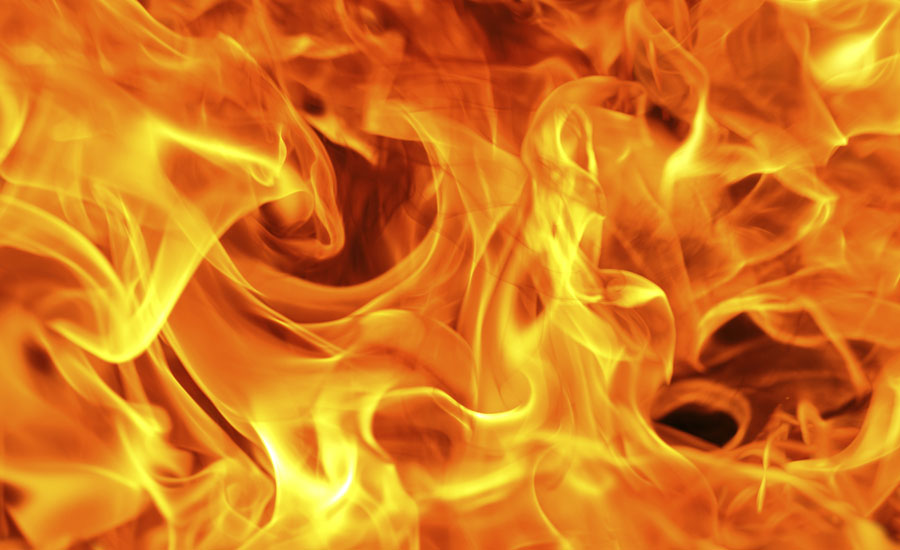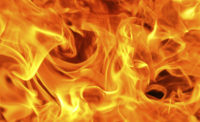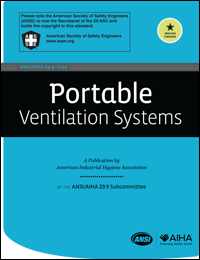A NIOSH Science Blog post
Noise exposure among federal wildland fire fighters

by George Broyles , LCDR Corey Butler, CAPT Chuck Kardous
Hearing loss is one of the most common work-related illnesses in the United States. NIOSH estimates that 22 million U.S. workers encounter noise exposures loud enough to be hazardous. Wildland fire fighting (vs. urban/ structural fire fighting), aims to suppress grass, brush, or forest fires (see Figure 1). Wildland fire fighting is considered a high-risk emergency response occupation requiring considerable physical and psychological demands. Wildland fire fighters often work 12 to more than 16 hours per shift for up to 14 consecutive days over a 3- to 9-month period [U.S. Department of Agriculture (USDA), 2008].
Wildland fire fighters often have extreme exposures to many physical agents and occupational hazards [Britton et al., 2013]. Similar to other high-risk occupations, research efforts and occupational safety and health programs have historically focused on identifying and preventing acute injuries and exposures, but less emphasis has been placed on research and prevention programs relating to chronic diseases or injuries such as occupational noise-induced hearing loss.
Although noise exposures and hearing loss among structural fire fighters have been well studied [Hong et al., 2008] and documented [National Institute for Occupational Safety and Health (NIOSH), 2013), wildland fire fighters have not received the same attention, nor have their noise exposures been empirically researched and studied. Wildland fire fighters may be repeatedly exposed to known sources of noise including chainsaws, aircraft, wood chippers, audio equipment, portable pumps and engine pumps, heavy equipment (e.g., bulldozers), and ambient noise from the wildfire itself.
In an effort to address noise exposures within this population, the United States Forest Service, Technology and Development Program, in partnership with NIOSH, conducted a 3-year study to assess wildland fire fighters’ noise exposures during training and fire suppression tasks and to identify which jobs put these fire fighters at increased risk for NIHL…Click here to read the rest of the blog post, which includes photos and a chart.
Looking for a reprint of this article?
From high-res PDFs to custom plaques, order your copy today!




